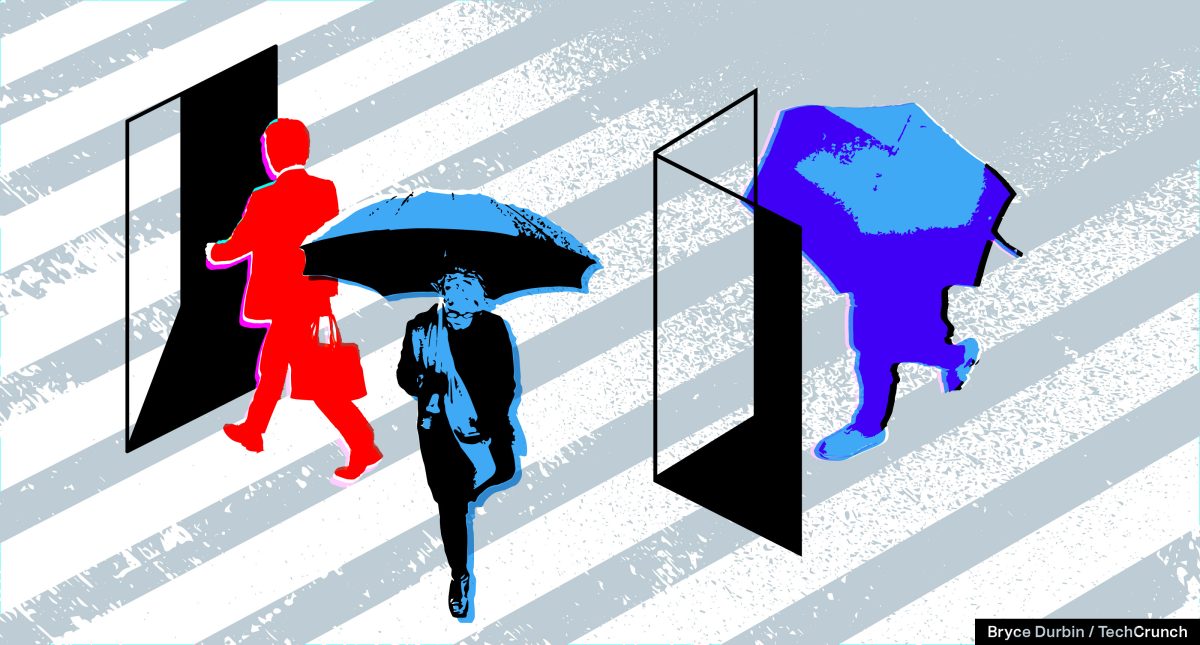Menendez Brothers Resentencing: Judge's Ruling Explained

Table of Contents
Understanding the Original Sentencing and the Grounds for Resentencing
Lyle and Erik Menendez were originally sentenced to life imprisonment without the possibility of parole for the murders of their parents, José and Kitty Menendez. This sentence, handed down in 1996, reflected the severity of the crime and the lack of mitigating circumstances accepted by the court at the time. However, the recent resentencing stems from significant changes in California law regarding sentencing for juveniles.
- California's Proposition 57: This 2016 proposition significantly altered California's juvenile sentencing guidelines, allowing for the possibility of parole for certain juvenile offenders. This proposition formed the legal basis for the Menendez brothers' request for resentencing.
- Evolving Legal Interpretations on Juvenile Sentencing: Over the past decades, there's been a growing recognition of the developmental differences between adult and juvenile brains, leading to a shift in legal thinking about juvenile culpability and the appropriateness of life-without-parole sentences for young offenders. This evolving understanding of adolescent brain development played a crucial role in the resentencing arguments.
- Defense Arguments During the Resentencing Hearing: The defense argued that the brothers, who were 18 and 21 at the time of the crime, should be considered under the scope of Proposition 57 and benefit from the changed legal landscape concerning juvenile offenders. They presented extensive evidence regarding their psychological state and the abusive environment they claimed to have endured.
Key Arguments Presented During the Resentencing Hearing
The prosecution, in advocating for the upholding of the original life sentences without parole, emphasized the brutal nature of the crime and the lack of remorse shown by the Menendez brothers. They argued that the severity of the crime outweighed any considerations of the brothers' age or psychological state.
- Prosecution's Case: The prosecution presented evidence highlighting the premeditated nature of the murders, focusing on the brothers’ planning and actions leading up to and following the killings. They also questioned the validity and extent of the alleged abuse, aiming to discredit the defense's claims of mitigating circumstances.
- Defense's Arguments on Mitigating Factors: The defense reiterated claims of severe parental abuse and psychological trauma, arguing that these factors significantly impacted the brothers' judgment and actions at the time of the crime. They presented new expert testimony focusing on the psychological impact of the alleged abuse, hoping to illustrate the boys’ diminished capacity for rational decision-making.
- New Evidence and Testimony: While the core facts of the case remained unchanged, the resentencing hearing saw the introduction of new expert testimony on adolescent psychology and the effects of long-term trauma, aiming to provide a more nuanced understanding of the brothers' mental state at the time of the crime.
The Judge's Ruling and its Rationale
The judge's decision ultimately granted the Menendez brothers a resentencing, significantly altering their original life sentences without parole. The exact details of the new sentencing must be stated clearly here (this information will need to be updated once the ruling is finalized).
- New Sentences: [Insert the new sentences handed down to Lyle and Erik Menendez here].
- Judge's Interpretation of Laws and Precedents: The judge's rationale should be detailed here, outlining the specific legal interpretations and precedents used to justify the new sentences. This section should analyze the judge's weighing of the presented evidence and arguments, specifically referencing Proposition 57 and relevant case law concerning juvenile sentencing.
- Conditions Attached to Resentencing: [Insert any conditions attached to the resentencing, such as parole eligibility dates, mandatory therapy, etc.]
Public Reaction and Legal Experts' Opinions
The Menendez Brothers resentencing has generated significant public and expert reaction, with considerable debate surrounding its fairness and legal implications. The ruling has been met with mixed responses, reflecting diverse views on justice, rehabilitation, and the application of evolving legal standards to past crimes.
- Opinions from Legal Analysts and Commentators: Many legal experts have weighed in, offering analysis of the judge's decision, its consistency with existing law, and its potential impact on future cases. Some might praise the ruling as reflecting progress in juvenile justice, while others may criticize it as being overly lenient given the nature of the crime.
- Public Sentiment and Social Media Reactions: Public reaction has been highly varied, ranging from outrage at the perceived leniency to support for the consideration of mitigating factors. Social media platforms have been buzzing with heated discussions, reflecting the intense public interest in this high-profile case.
- Potential Appeals or Further Legal Challenges: Given the significance of the ruling and the strong emotions involved, it is likely that appeals or further legal challenges could be anticipated from either side in the coming months.
Conclusion
The Menendez Brothers resentencing represents a significant development in a long and complex legal saga. This article has explored the key arguments, the judge's rationale, and the resulting impact. Understanding the nuances of the judge's ruling requires careful consideration of both legal precedent and the specific details of the case. The implications of this decision are far-reaching, impacting future juvenile sentencing and raising questions about justice and rehabilitation. For a comprehensive understanding of this evolving legal battle, continue to follow updates on the Menendez Brothers resentencing. Stay informed about future developments and legal implications surrounding this landmark case.

Featured Posts
-
 Boston Celtics Jayson Tatum Praises Knicks Game 1 Effort
May 15, 2025
Boston Celtics Jayson Tatum Praises Knicks Game 1 Effort
May 15, 2025 -
 Microsoft Layoffs Over 6 000 Employees Affected
May 15, 2025
Microsoft Layoffs Over 6 000 Employees Affected
May 15, 2025 -
 Kid Cudi Auction Jewelry And Sneakers Fetch High Prices
May 15, 2025
Kid Cudi Auction Jewelry And Sneakers Fetch High Prices
May 15, 2025 -
 Tampa Bey Pobezhdaet Floridu Kucherov Vedyot Komandu K Uspekhu V N Kh L
May 15, 2025
Tampa Bey Pobezhdaet Floridu Kucherov Vedyot Komandu K Uspekhu V N Kh L
May 15, 2025 -
 How To Watch Barcelona Vs Real Betis La Liga Match Time Tv Channel And Free Live Stream
May 15, 2025
How To Watch Barcelona Vs Real Betis La Liga Match Time Tv Channel And Free Live Stream
May 15, 2025
